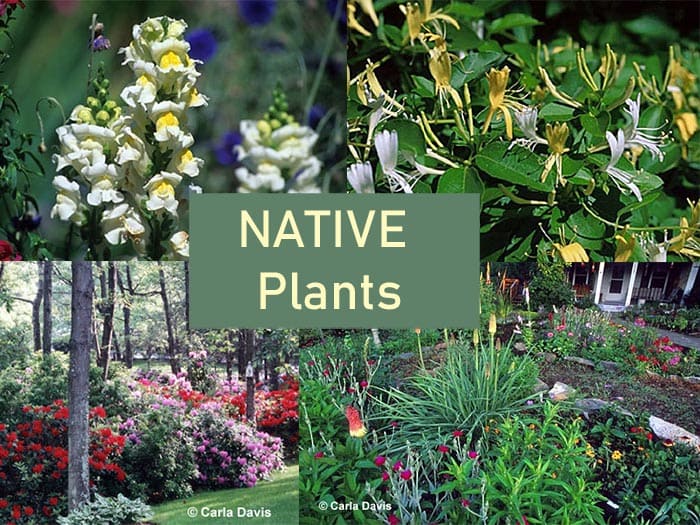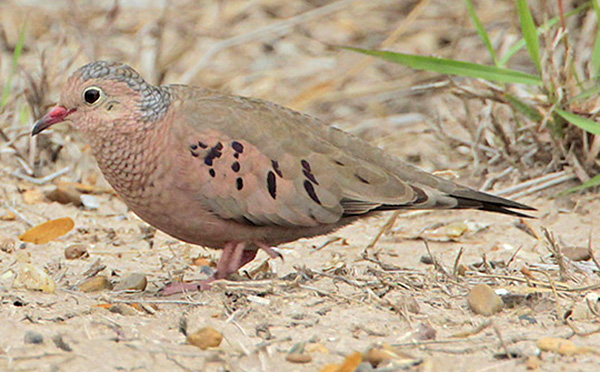
Vermont Plants for Wildlife Habitat & Conservation Landscaping
Trees
Tall–Maples, Birches, American Hornbeam, White Ash, Oaks, Big-toothed Aspen, Black Cherry, Pin Cherry, Balsam Fir, White or Red Spruce, White Pine, Northern White Cedar, Eastern Hemlock
Shorter–Winterberry, Dogwoods, Serviceberry, Hazelnut, Willows
Shrubs
Elderberry, Redosier Dogwood, Chokeberry, Viburnums, Sumac, Blackberry, Blueberry, Rasberry, Juniper
Perennials
Asters, Monarda, Columbine, Goldenrod, Turtlehead, Milkweeds, Coreopsis, Coneflower, Joe-Pye Weed, Blazing Star, New York Ironweed, Native Sunflowers, Blue Lobelia, Penstemons, Black-eyed Susan, Cardinal Flower

Doves are very common birds in Vermont.
Grasses
Cord Grass, Tufted Hair Grass, Switchgrass, Wild Rye, Rice, Cut Grass, Panic Grass
Vines
Virginia Creeper, Trumpet Vine, Virgin’s Bower, Trumpet Honeysuckle, Wild Grape
Groundcovers
Wild Ginger, Foam Flower, Creeping Snowberry, Mayapple, Phlox, Bearberry
Vermont is a New England state famous for its Green Mountains. Vermont can be divided into six geographical land regions; the Northeast Highlands, the Western New England Upland, the Green Mountains, the Vermont Valley, the Taconic Mountains, and the Champlain Valley.
For more information on improving your wildlife habitat, visit the WindStar Wildlife Institute web site. On the web site, you can also apply to certify your property as a wildlife habitat, register for the “Certified Wildlife Habitat Naturalist e-Learning course, become a member and sign up for the FREE WindStar Wildlife Garden Weekly e-mail newsletter.

